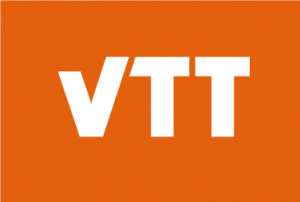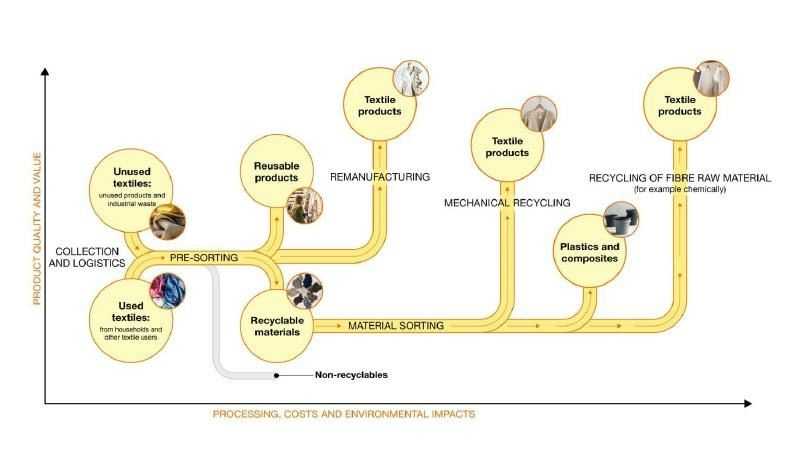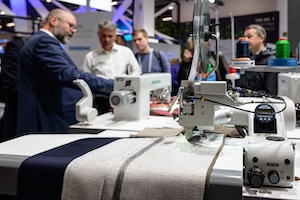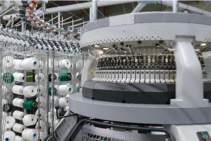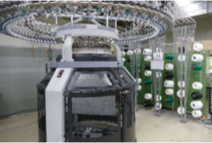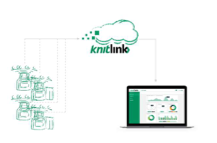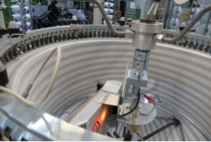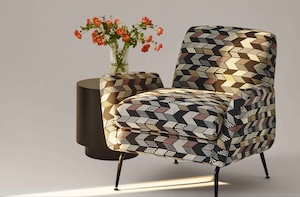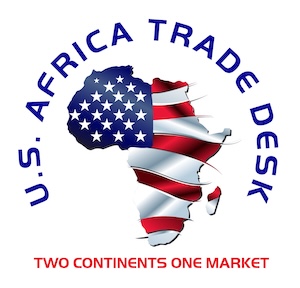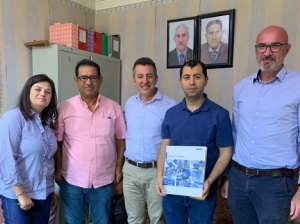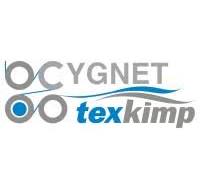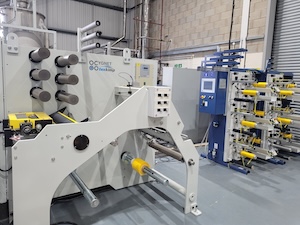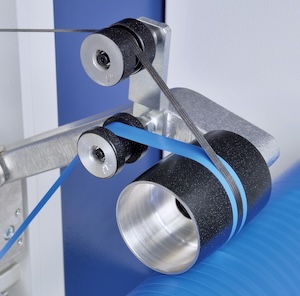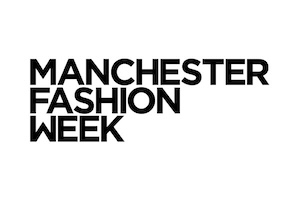 MANCHESTER, England — August 20, 2025 — Manchester landmarks were transformed this morning to celebrate the countdown to the city hosting Fashion Week for the first time in a decade.
MANCHESTER, England — August 20, 2025 — Manchester landmarks were transformed this morning to celebrate the countdown to the city hosting Fashion Week for the first time in a decade.
The schedule for the event reveals an ambitious three-day program featuring international sustainability experts, pioneering tech innovators and breakthrough designers committed to fashion’s circular future.
Notable speakers include Carry Somers, founder of Fashion Revolution, Safia Minney MBE, founder of Fashion Declares, design legend Wayne Hemingway MBE, and music icon DJ Paulette, alongside UN Fashion Sustainability Consultant Lavinia Muth.
Fashion elite, including industry pioneers, tech innovators, and emerging designers will be descending on Manchester for the three-day celebration of conscious fashion, running from September 9-11, 2025. Tickets for public events are now on sale.
Program Highlights:
Day One: Heritage & Future-Proof opens with an exclusive industry breakfast hosted by Eco Age, followed by circular fashion discussions, workshops on greenwashing with UN sustainability experts, and concludes with a public book launch at Waterstones for Carry Somers’ “The Nature of Fashion.”
Day Two: Eco-Systems & Outerwear explores British textile heritage through “The Fabric of Britain” panel and celebrates local talent with the Mancunia Founders Panel. Public events include “Future Fashion Fare” and an evening conversation between Wayne Hemingway MBE and DJ Paulette.
Day Three: Fashion Tech & Innovation positions Manchester as a fashion tech leader with panels featuring innovators from Circkit, UGENIE, Nanoloom, CIFR, and VOXELO, concluding with “The Club PreLoved” runway show for conscious brands.
The programme features emerging Northern designers and local brands putting Manchester on the map for conscious fashion.
After a decade-long hiatus, Manchester Fashion Week returns with a bold blueprint for the future of fashion, addressing the city’s £12bn fashion industry’s challenges around sustainability, technology and cultural relevance.
Gemma Gratton, Executive Producer of Manchester Fashion Week, said: “This schedule represents Manchester’s DNA – innovative, inclusive, and unafraid to challenge the status quo. We’re not just showing fashion; we’re reshaping how the industry thinks about creativity, community, and consciousness.”
Carry Somers, Co-Founder of Fashion Revolution and League of Artisans and Author of The Nature of Fashion, said: “Fashion needs a radical transformation, rethinking the systems on which it is built. The rebirth of Manchester Fashion Week offers a space to confront the realities of our industry while celebrating the creativity that can drive genuine change.”
Mariusz Malon, Fashion Designer, said: “Every great designer started as an emerging one. Having a platform here in Manchester is more than exposure—it’s an opportunity to shape perspectives of the North, influence industries, and build a legacy through conscious design.”
John Higginson, CEO of Eco Age, said: “The breadth of this program proves Manchester is ready to lead global conversations about fashion’s future. From heritage craftsmanship to cutting-edge technology, this schedule offers something for everyone invested in fashion’s evolution.”
Manchester Fashion Week is supported by SHIKO, Department Campfield, Innovate UK, Accenture, Turing Innovation Catalyst, The Break Creative and more.
To see the full schedule and tickets for public events on sale at www.fashionweekmanchester.co.uk
Posted: August 20, 2025
Source: Manchester Fashion Week — supported by SHIKO, Department Campfield, Innovate UK, Accenture, Turing Innovation Catalyst, The Break Creative and more.

